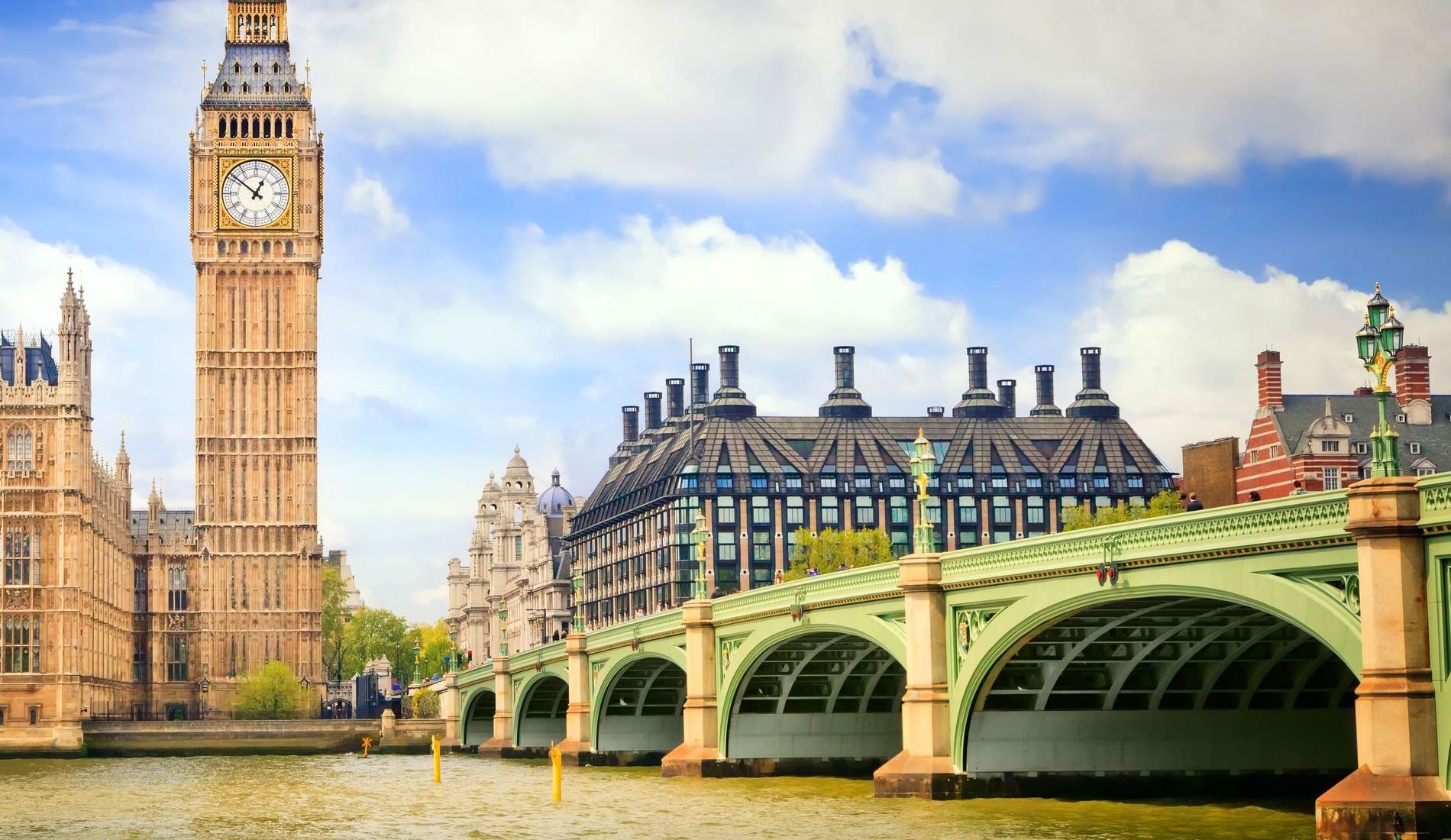
Are you about to visit London? If so, you could do with recommendations on what to see and do in the UK’s capital from official local guides who show their city every day to thousands of travellers like you. London is one of those cities that can’t be covered in a weekend because of all it has to offer in its different neighbourhoods and areas, so it’s important to have a list of must-see places that will help you prioritise according to your tastes.
The capital of the United Kingdom is one of the most visited places in Europe for the number of monuments and buildings that you can find scattered throughout the city. Depending on how long you are going to stay, we recommend that you adapt the places you are going to see so that what you have time to see, you can do at your leisure. If you leave things to do, you already have an excuse to come back!
Content
The best way to see and visit London: take a free tour
When you go to a new city, one way to discover its history and culture is to do it with a local guide. Getting to know the secrets and nooks and crannies of a new destination isn’t easy unless you’re shown around by a local who already knows it. You can take a look at the free tours in London with themes and neighbourhoods from all over the city.
If you haven’t yet had this experience, you can read this post on what is a free tour that will clarify all the essential points. This phenomenon is growing all the time and is one of the most popular ways to discover new cities in recent years.
Have you tried free tours? Visit the city in a different way with an official local guide.
GURUWALK
What to see in London in 3 days (a weekend)?
London is located in the south of the United Kingdom. With your visit, you will be in one of the most important European capitals, full of must-see places and a must-see for anyone who loves to travel. London itself is a cultural centre that is developing at breakneck speed every day and is well worth getting to know in depth.
Even if you have little time to visit the city, you should always keep in mind what to see and do in London. There are hundreds of routes that will make the city very attractive to you, but this one we propose will make you feel unique and special. Which part of London do you like the most?
These are essential places to see and visit when you travel to the UK’s capital. All the points of interest have been selected by local guides who will tell you why it is worth including them in your travel guide as they include them in their free tours of the city.
1. Palace of Westminster
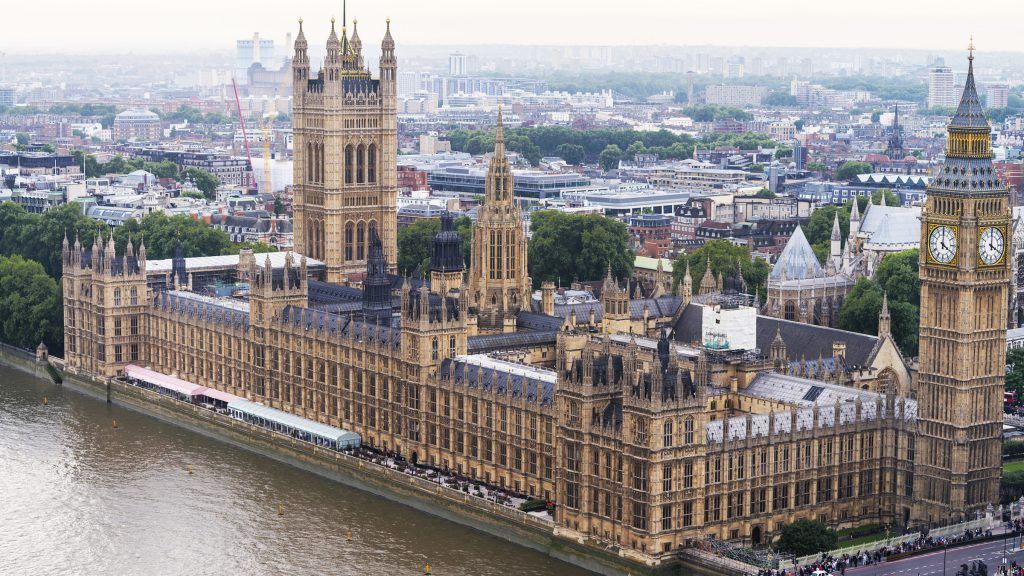
The Palace of Westminster in London has been a UNESCO World Heritage Site since 1987. Today it is one of the essential excursions to do if you are visiting London. It is located on the banks of the River Thames and in medieval times was a royal residence. The architectural style of the Palace is neo-Gothic and the Clock Tower, popularly known as Big Ben, is the most representative of its emblems.
Those who live in the United Kingdom can, from the public galleries of the chambers, attend all the debates that take place, either by queuing to enter or by invitation from their representatives. However, capacity is very limited and there is no guarantee that you will be able to get in. Travellers, on the other hand, will be able to visit in the summer, when there is a recess period.
2. Westminster Abbey
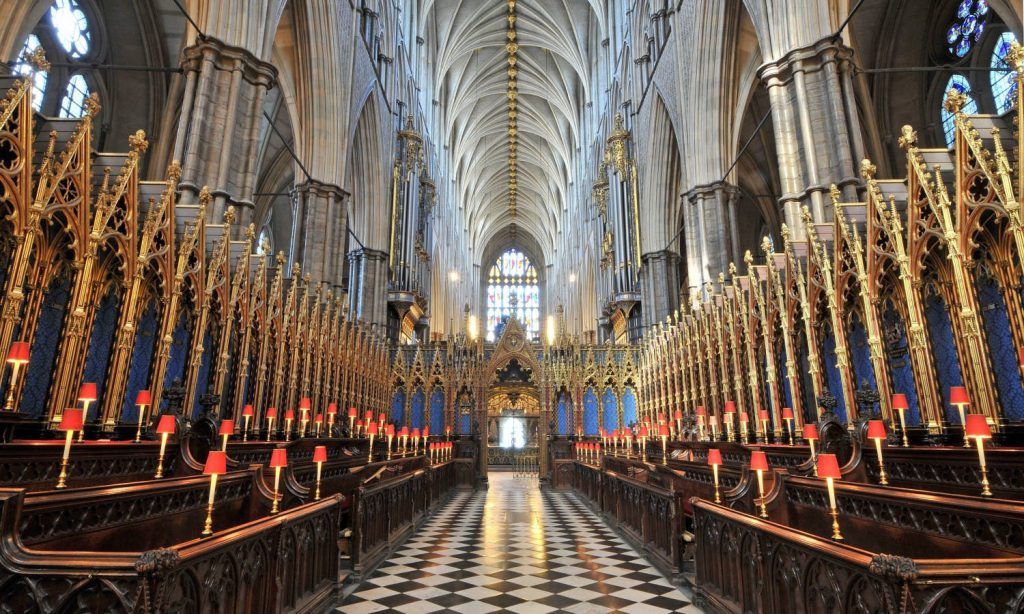
Westminster Abbey was designated a World Heritage Site in 1987. It is an Anglican church where the burials of the kings of the United Kingdom are held, as well as their coronations. There are tourist spots that you cannot miss on your route when you want to really get to know a destination, but with a more historical as well as cultural vision. For this, you will have a very original and enriching visit to London that you will surely love, and one of them is this one. It has a Gothic style and is one of the essential places in the United Kingdom due to its artistic, cultural and historical importance.
Important kings of England have been buried here, such as Richard II and Elizabeth I, as well as other important figures such as Dickens, Newton, Daewin and Lord Byron. Some relevant places to see inside the Abbey are The Cloister, Lady Chapel, the Poets’ Corner, The Cloister, the Chapter House or the Chapel Museum. The route includes Westminster Abbey and aims to give you a unique experience while visiting London, so that you can make the most of your trip, as this place has a great recognition.
3. Piccadilly Circus
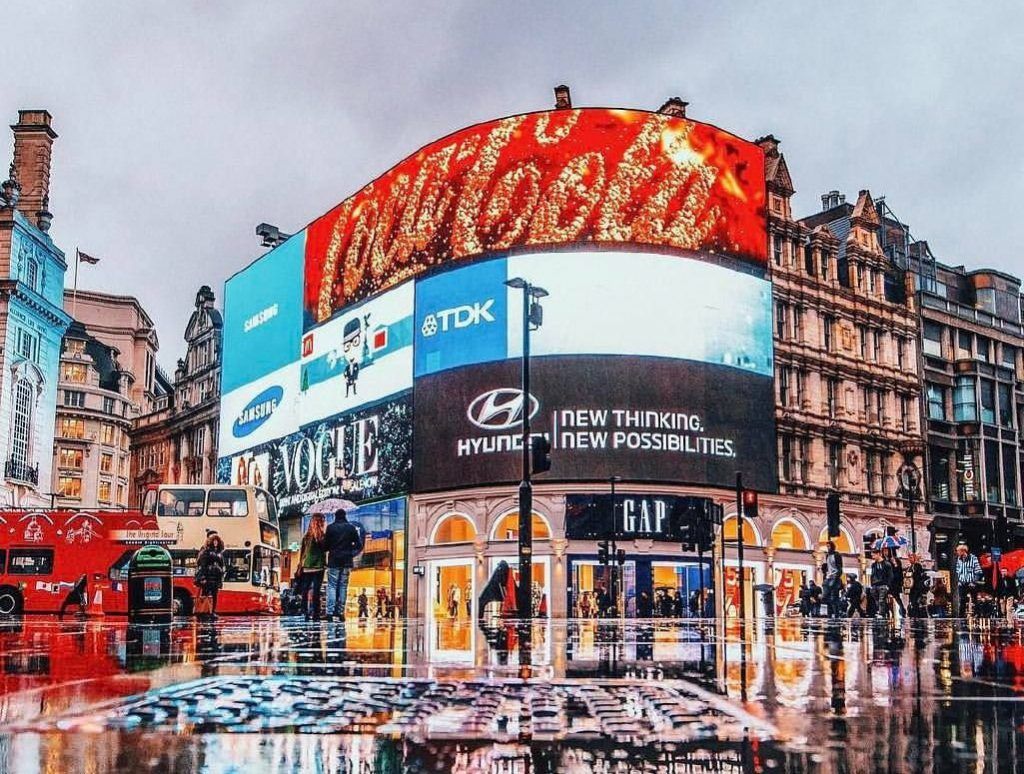
Piccadilly Circus is one of the symbols of the city. It is a square where some of the most important streets of the city converge, where the busiest shopping and entertainment areas are located. The square was built by John Nash and in 1885 it became a busy area, so many people began to place their advertisements there, and it was not until ten years later that the first illuminated signs appeared.
The great urban planning that began in the 17th century, most of the city was enclosed within the city walls, which led to a major plague epidemic that claimed 70,000 victims. The following year, a fire destroyed a quarter of the city, and the reconstruction of the city also took into account urban planning needs, resulting in wonderful squares such as this one.
4. Tower of London
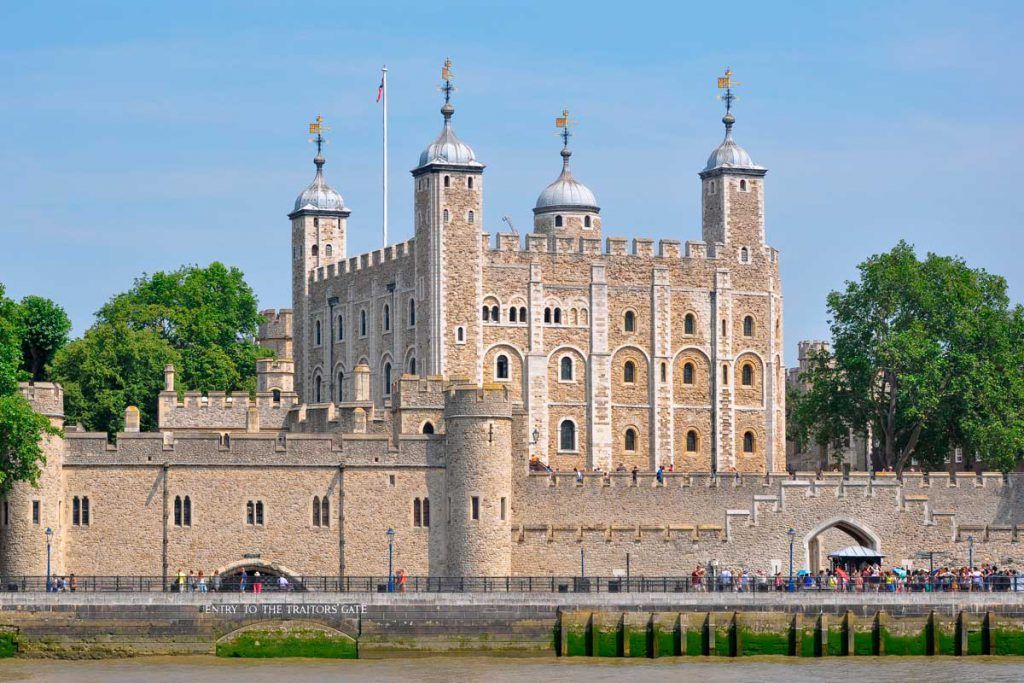
The Tower of London is located on the banks of the River Thames. It is a castle that was declared a World Heritage Site in 1988. Its original tower was built around 1078 by William the Conqueror, in the middle of his fortress. Later, in 1100, it was completed. It was protected by Roman walls, although it was not built to be a first line of defence or to serve as a palace.
Medieval kings enlarged the fortress by adding nine more towers to the defences and a moat around the castle. The Tower of London gradually declined in importance until the 19th century when it was remodelled, a medieval castle was opened and opened to the public for the first time.
However, if we start with its true origins, the Tower was actually a castle that was founded in 1066. Today it is the tower that gives the whole complex its name. It symbolises the oppression of the people by the rulers. However, this meaning was short-lived, as within a few years of its foundation, the elite began to use it as a prison.
The original medieval castle was built in different and varied stages. The major works were carried out under Richard the Lionheart, although major alterations were also made to the buildings within the whole complex and to the moat under Henry III and Edward I. The different stages of construction lasted two centuries: the 12th and 13th.
5. Tower Bridge
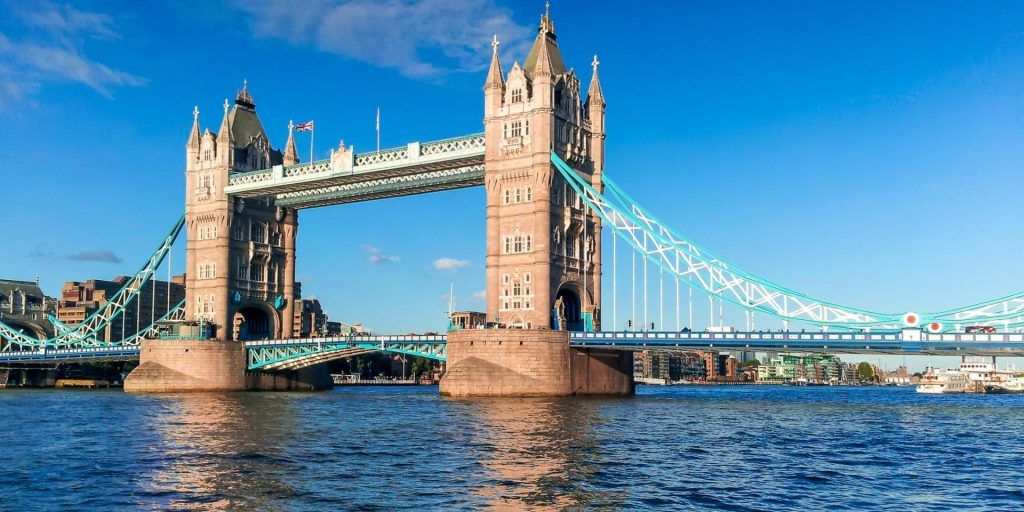
Tower Bridge is over 120 years old and is one of the city’s iconic landmarks. At night, dressed in lights, it is impressive. The location will also allow you to see the Houses of Parliament, the London Eye and Big Ben. This monument was inaugurated in 1894 and took 8 years to build. Its permanent exhibition was first opened to the public in 1982. Inside you can visit the private rooms, the walkways with special glass and the engine room.
This London landmark is one of the must-see sights for quality sightseeing and is suitable for all tastes. It was built because the city began to need a new river, as commercial development increased greatly in the 19th century. The problem that arose at that time was mainly that there was no possible way to leave a traditional fixed bridge, as sailing ships would then not be able to access the harbour.
A solution to this problem was sought for years and was found by the Special Bridge or Subway Committee in 1877. Beforehand, they had to decide between more than 50 designs that were submitted. Until 1884, almost in the 19th century, no design was considered valid due to many different reasons, among them the insufficient clearance height of the bridge. However, the bascule bridge as we know it today was the solution.
Two towers were added to the bridge, which are still standing today and give the bridge its name. These were built on pillars. Parliament approved the construction of this marvellous bridge, which today is also a monument in its own right, a year later. It is Gothic in style and lends an aura of antiquity and mystery to the area in which it stands. It has a free height of 41 metres and a width of 61 metres, which allowed and still allows for adequate river traffic.
6. St Paul’s Cathedral, London
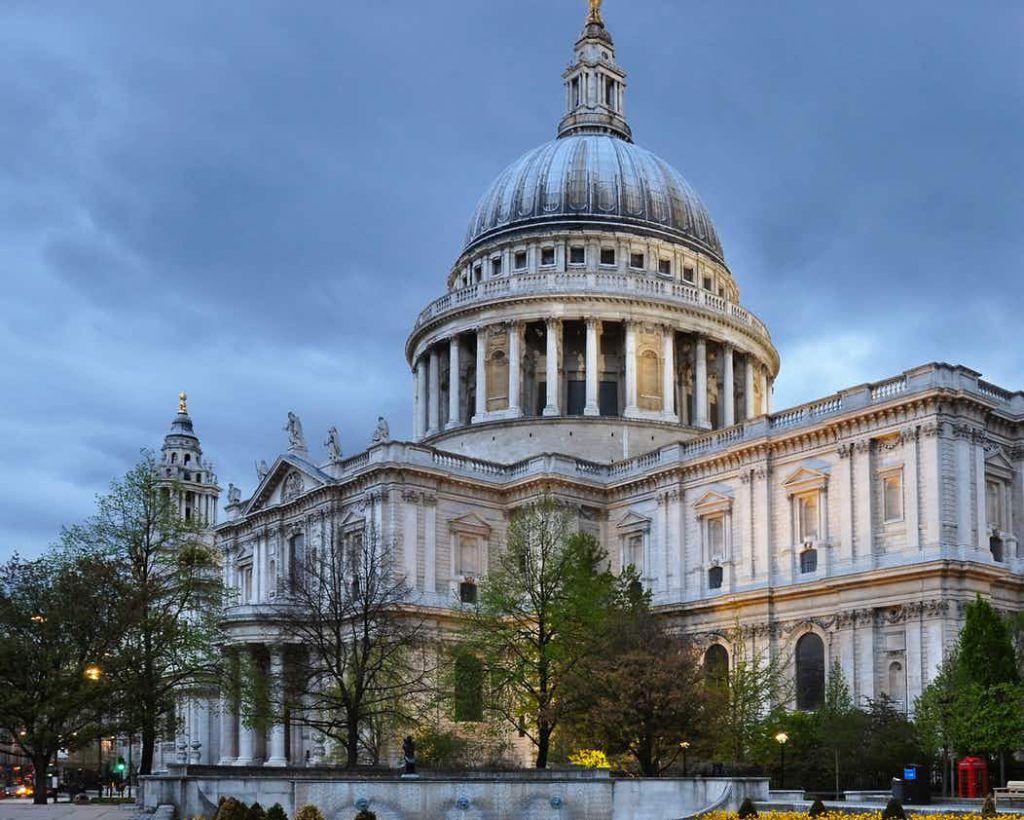
St Paul’s dates from AD 604 and is the cathedral of the Diocese of London and the oldest cathedral in England. The previous cathedral was destroyed in the Great Fire of London and this was the first to be built after the Reformation in the 16th century. Great events took place here, such as the funerals of Mr. Churchill, Nelson and the Duke of Wellington, as well as the birthday celebrations of Queen Mother Elizabeth and Queen Victoria. It is also the place where Diana of Wales married Prince Charles.
Inside the Cathedral you can’t take pictures, and it will be most tempting, as it has a very striking decoration spread all over the huge temple. The ceilings are one of the most remarkable parts, as it has very well preserved fresco paintings. Another of its main attractions, apart from the frescoes, is the great dome, which has three galleries.
What to see at St Paul’s Cathedral in London?
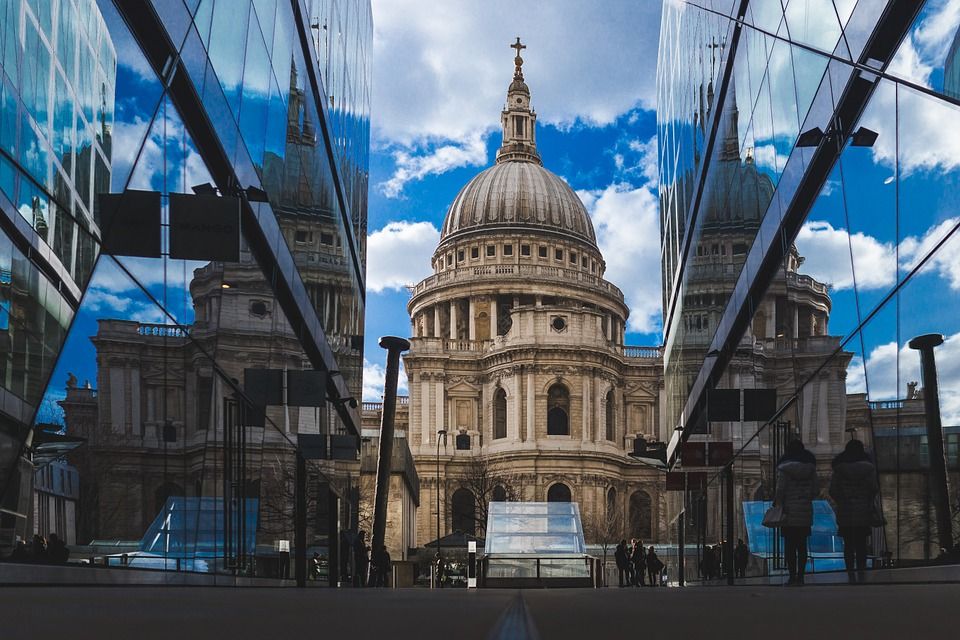
In general, the visit is much more enjoyable with an audio guide, since, in addition to learning every detail about St. Paul’s Cathedral, it is free of charge. The first of the galleries you can visit is “Los Susurros”, but we recommend that you be careful, as you have to climb 257 steps to get there (it is 30 metres above sea level). If you decide to go up, you will find spectacular acoustics.
After this climb, you can either stay there or climb some 378 more steps to enjoy the beautiful views outside. You will reach the Stone Gallery. However, at 85 metres, this will be surpassed, if possible, by the famous Golden Gallery. It’s up to you to decide which one you want to go to! Bear in mind that due to the altitude and the number of steps, access may seem complicated.
Similarly, you cannot leave St Paul’s Cathedral without visiting its crypt. It is very large and you will be visiting the remains of some of the country’s most important personalities, such as Churchill, Nelson and Wellington. The crypt is also home to various memorials, other temples and monuments. You’ll love it!
7. London Eye
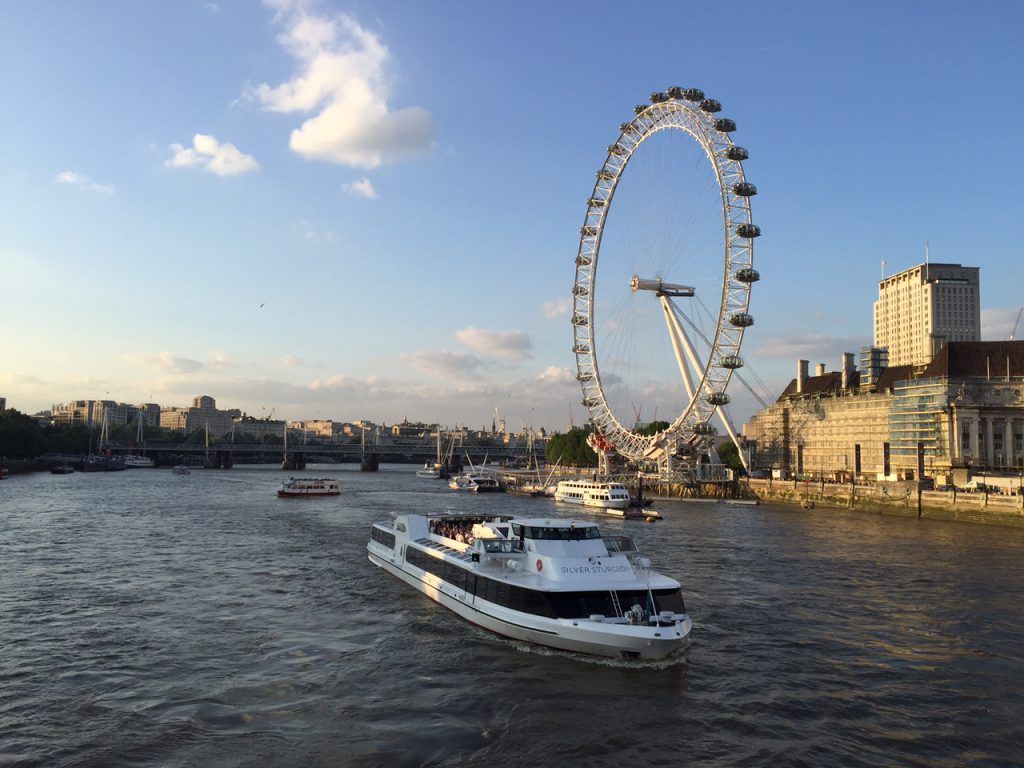
The London Eye opened in March 2000 and is a Ferris wheel-viewing platform celebrating the turn of the millennium. It was designed by Julia Barfield and David Marks, architects, with the symbolism of the passage of time. It took a year and a half to build and 32 capsules were made, seating a total of 25 people. The tours last 30 minutes and the cabins are designed to give you a 360º view of London from up to 40 kilometres away.
Until 2006, since its construction, the London Eye could boast of being the largest Ferris wheel in the world. It has been followed by two more records, the Nachang Star in China in that year, and two years later, in 2008, the Singapore Flyer, at 165 metres.
Top must-see places in London
If you want to visit the London Eye, you have to bear in mind that you will have to get on while it is running, as it is designed that way. The wheel rotates slowly so that everyone can get on without stopping. The views, however, will be breathtaking, and its altitude will allow you to see both the countryside and the city. Nowadays you can also enjoy the “4D Experience” on your visit, where you can watch a short film about the city in three dimensions.
8. British Museum, London
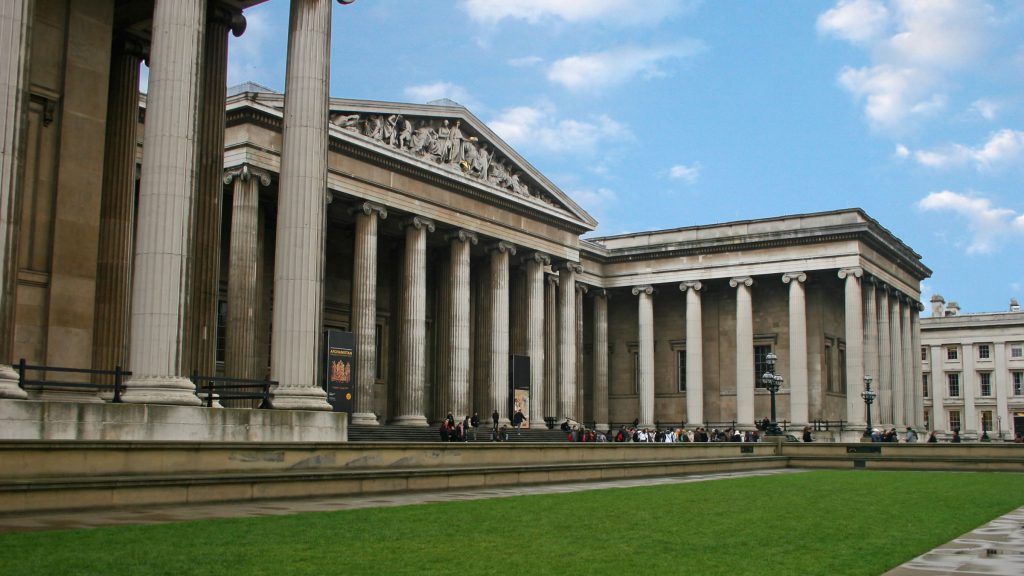
The British museum was opened to the public in 1759, although it was established in 1753. Its origins are linked to Hans Sloane, a physicist and collector, who wished to keep his collection of 80,000 items after his death. It contains antiquities from Rome, America, Greece, Egypt and the Middle East, as well as 40,000 books. The first location was in Montagu House, a 16th century mansion, but it was soon outgrown by new acquisitions and donations to the museum.
The museum grew in different stages, increasing the number of pieces of both Greek and Roman origin, as well as Egyptian antiquities, with the Rossetta Stone, which allowed the translation of Egyptian hieroglyphs, standing out. It was not until 1852 that the entire museum was moved to its current location, after the construction of the new building was completed.
In 1887, it was decided to move the natural objects to the Natural History Museum, and in 1973 the whole of the more literary part was separated as the British Library.
The objects are arranged according to their provenance, and the museum is so large that you would need more than a day to see it all. In fact, there are some rooms and sections that are truly fascinating. To give you an idea, the section dedicated to Ancient Egypt is only surpassed by the Egyptian Museum in Cairo.
If you want to learn about the history behind everything the British Museum has to offer, we recommend you take the themed free tour of the British Museum. The reviews are really positive and travellers leave very happy with what they discover when they learn about the history behind each piece.
9. Hyde Park
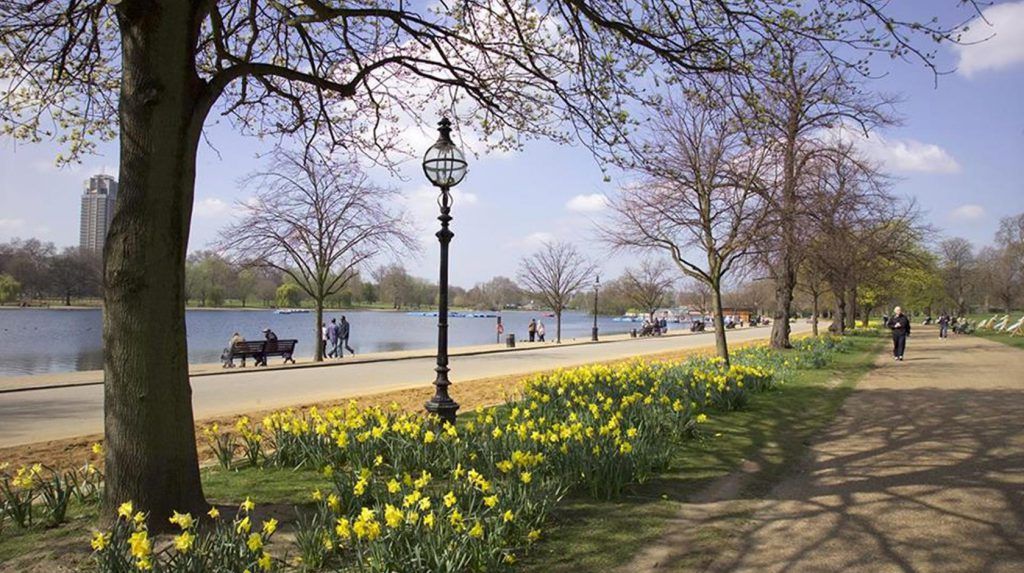
Hyde Park is one of London’s largest parks and one of its eight Royal Parks. In the 16th century it was purchased by Henry VIII from Westminster Abbey. It is worth noting that it was a royal hunting ground until it was opened to the public under Charles I, after having been improved. This large park, as well as providing beauty and tranquillity, has many stories to tell in every corner.
Some of the interesting places and monuments in Hyde Park are, for example, the Rose Garden or the Diana Memorial Fountain. There are other memorials scattered around the centre, such as the Holocaust Memorial, the Norwegian War Memorial, the Queen Caroline Memorial and the Cavalry Memorial, among others. Nor should we forget the fountains and statues.
Other very interesting points in the park are the Speaker’s Corner, where everyone can give their opinion without censorship, although the police can intervene, contrary to popular belief. There are also many sports, such as rowing, skating, cycling, swimming, golf and horse riding. The park is open from 5 a.m. to 12 midnight.
10. Camden Town
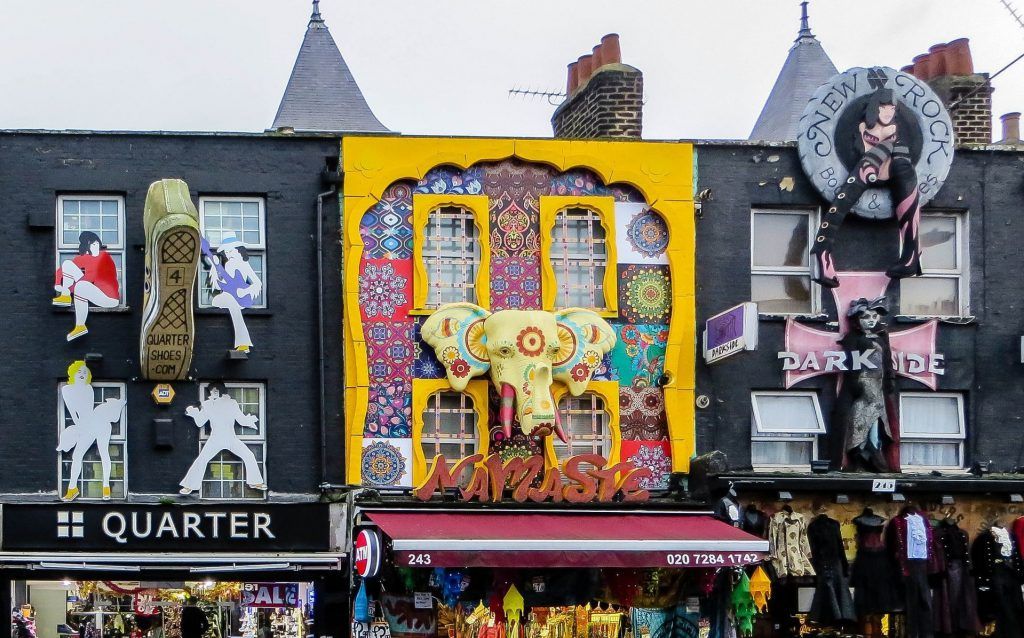
Camden Town is one of the most picturesque and well-known neighbourhoods in the city, famous firstly for being home to one of London’s most extravagant street markets, and secondly for being the place that represents an alternative lifestyle. In addition, its fame is also due to the cultural life of many famous people who used to pass through here, such as Charles Dickens.
What to see and do in Camden Town, London?
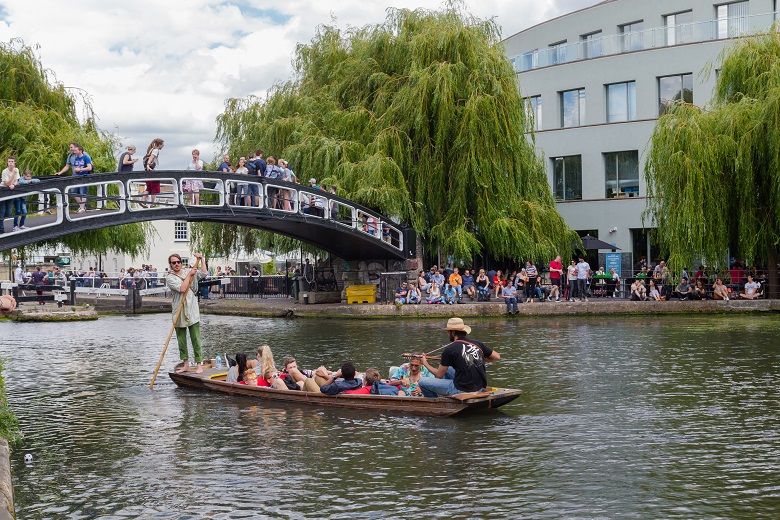
This neighbourhood has only existed since the end of the 18th century and its birth is attributed to the Count of Camdem, as he was the first wealthy man to develop an urban plan for the area. For this reason, there is a street named after him in the heart of the neighbourhood.
11. Buckingham Palace
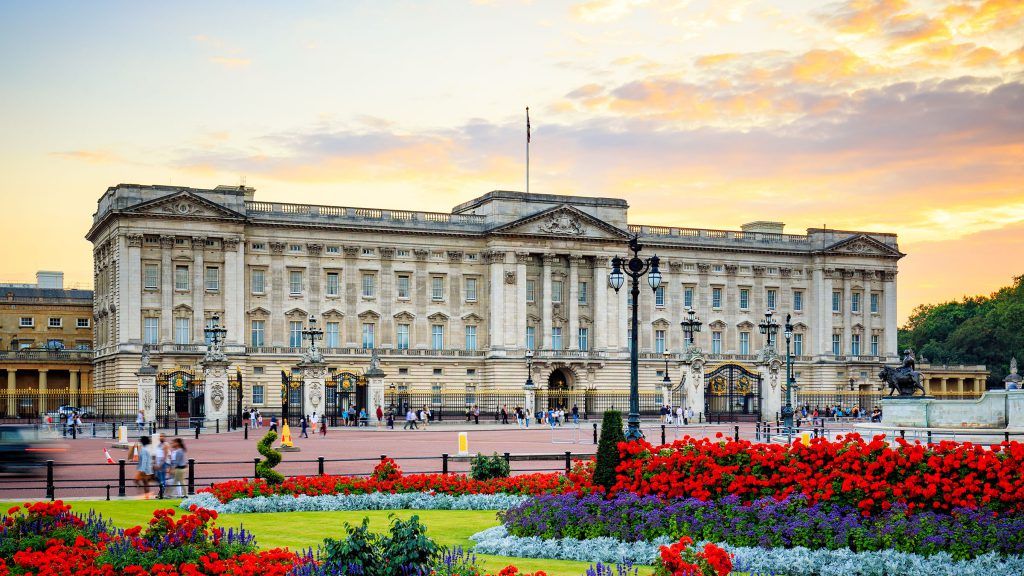
Buckingham Palace has been the official residence of the British Royal Family since 1837. Today, it is used as an administrative residence as well as for royal ceremonies. The palace is only open to the public during two months: August and September. You can visit the Royal Gardens, the Ballroom and the State Rooms. There is another ticket which also includes a visit to the Royal Coach Houses and the Queen’s Gallery.
Buckingham Palace was built in 1703 and has stood the test of time, surviving two world wars. In the Second World War, the palace was bombed and the Chapel Royal was destroyed in 1940, although the rest of the building remained intact.
Another of the great attractions of this place is the Changing of the Guard that takes place in front of the palace. It is an event that always attracts attention and attracts many travellers throughout the year.
12. Big Ben
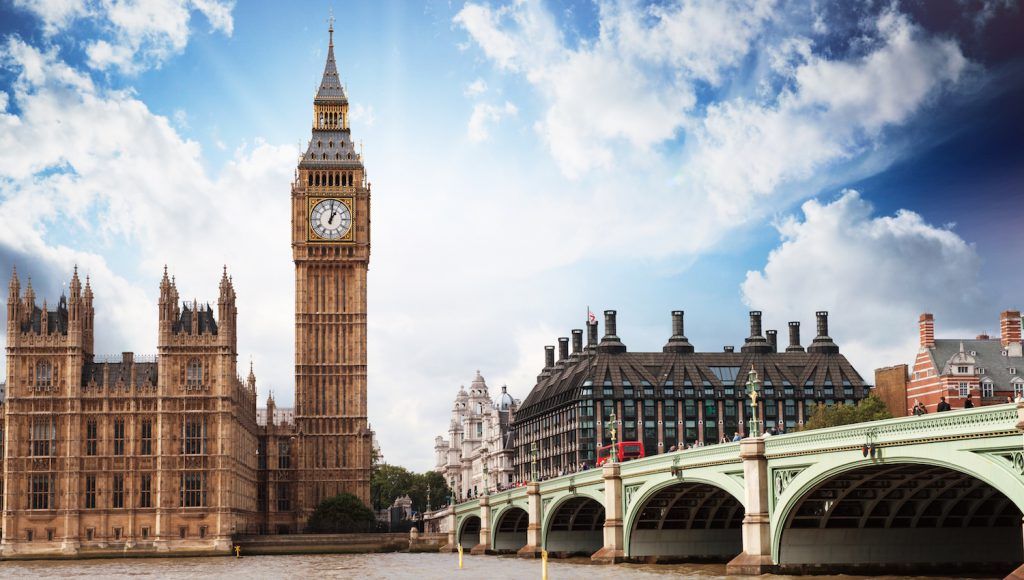
Big Ben or Elizabeth Tower is one of the most visited sights in London, making it one of the capital’s major must-sees and especially beautiful when lit up at night. Big Ben’s popular name refers to its giant bell, which weighs more than 13,800 kilos and is located inside the tower. The actual bell was built in 1858 and rang the following year for the first time.
Big Ben has four more bells inside it, which play the music that is heard before the chimes are rung. The clock was designed by Sir George Airey, the Astronomer Royal, and Edmun Deniso. Even today, it is surprisingly accurate and punctual.
Today, the sound made by the bells of the Clock Tower is broadcast by the BBC every day at midnight, uninterrupted since 1923. Only UK residents are allowed to visit the interior of the Clock Tower.
13. Trafalgar Square

Trafalgar Square is an iconic landmark in the city. It was built in 1805 to commemorate the victory of the English navy over the Spanish and French navies at the Battle of Trafalgar. Around it there are numerous museums, historic buildings and art galleries. For example, you can see the National Gallery, the Charing Cross and the Church of St. Martin in the Fields. Charing Cross is established as England’s kilometre 0.
The area is always very lively. In the centre of the square is Nelson’s Column, and at its four corners are pedestals with equestrian statues. The granite column is almost 50 metres high, with Admiral Nelson standing atop it, escorted by four bronze lions (the material belonged to the cannons of the Spanish and French fleets).
The fourth pedestal contains contemporary works of art. Fountains were added in 1845. In the southeast corner, the Imperial Measurements are also on display.
At Christmas, as a thank you from Norway for the help given by the British army in World War II, the City of Oslo donates a fir tree which is placed in Trafalgar Square as a Christmas tree.
14. National Gallery
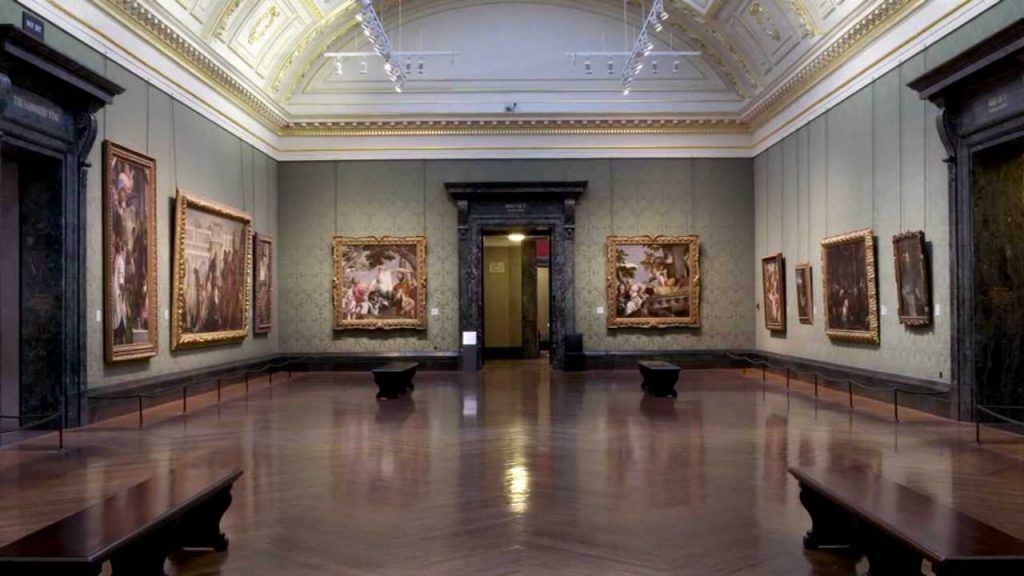
London’s National Gallery is the capital’s most important art museum and one of the best known in the world. In its exhibitions we can see Western European paintings from 1250 to 1900. Among its most famous works are Titian’s Bacchus and Ariadne, Monet’s The Water Lily Pond and Botticelli’s Venus and Mars.
The museum came into being thanks to the private collection of John Julius Angerstein, a banker who had 38 works from the English, Italian and Flemish schools. The intention was to create an art museum open to the public from this collection. Sir George Beaumont’s collection was also donated in 1823, but this was a complicated process. The painter and collector would only allow such a donation if there was always a suitable place for them to be exhibited. In 1826 he decided to formalise the handover of the works, even though they did not yet have their own building.
The National Gallery was opened in Trafalgar Square because of its easily accessible location, as the building is right in the centre of the city. Today, the museum is made up of 2,300 works. Today, we can enjoy works by Titian, Turner, Raphael, Titian, Goya, Velázquez, Van Eyck, etc. There are also important sculptures and mosaics.
15. Kensington Palace
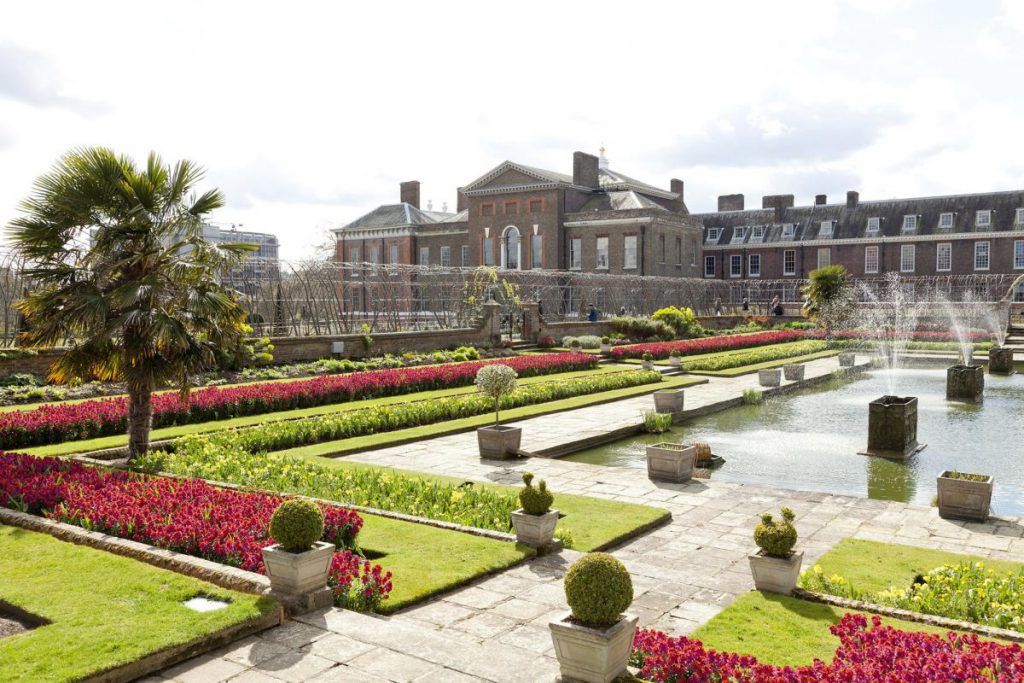
Kensington Palace was built in 1690 as an extension to the country home of King William III and his wife, Queen Mary. It is located in Kengsington Park and, after its construction, became their official residence, as the present one was cold and old-fashioned. It was commissioned by the architect Sir Christoplher Wren and the monarchs were extremely pleased. In fact, it was the architect himself who designed St Paul’s Cathedral, leaving his mark on the City of London twice over.
A visit to the palace combined with the gardens can take a couple of hours. It’s well worth taking the time to see the former royal chambers, as well as admiring the beautifully manicured gardens. There is also an exhibition on Queen Victoria and a section dedicated to Princess Diana of Wales.
If you’re looking for a break from the city, it’s the perfect place to take a leisurely stroll and disconnect from the city (in the heart of London).
How to get to London?
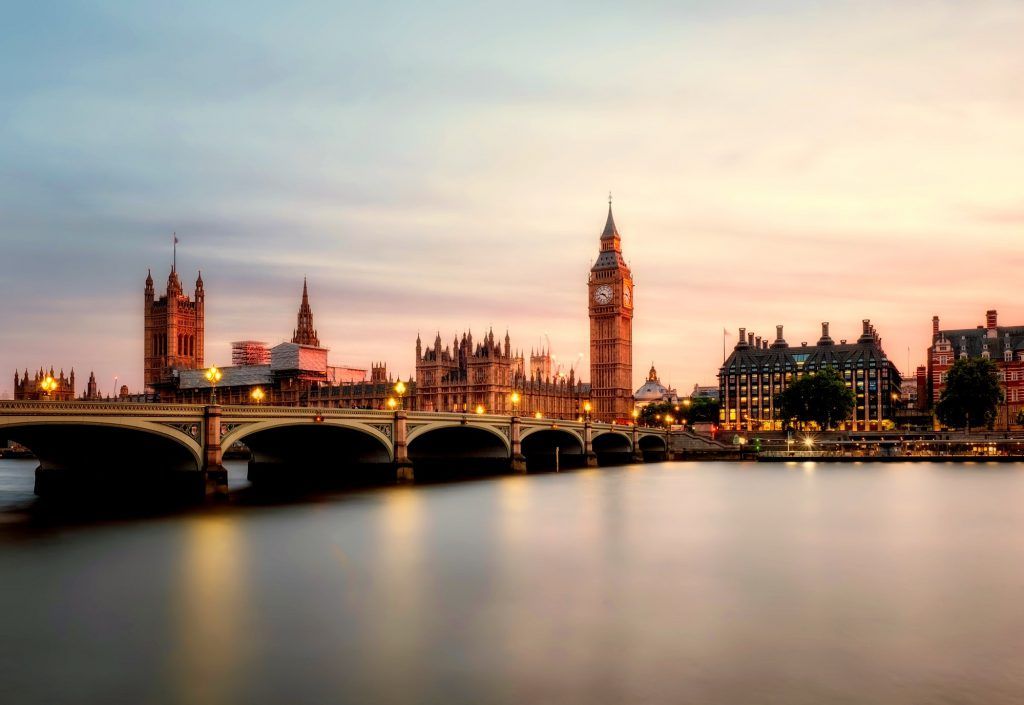
The most common way for travellers to get to the UK’s capital is by plane. However, if you’re not in a hurry and have an adventurous soul, you can also get there by train, boat, bus or even car. The plane is not only the fastest alternative, but also the cheapest. Here’s a summary of the options, but if you want more information, you can take a look at the complete guide to getting to London.
Travelling by air
There are currently six airports in London, with Heathrow and Gatwick being the main ones and the ones that receive the largest number of travellers from all over the world. Thanks to the low-cost airlines, you can get fairly cheap tickets, with a return trip costing no more than €50. Heathrow, Gatwick, Luton, Stansted, City Airport or “The City” and Southend.
Travelling by car
It is possible to travel to London by car, although it’s not the cheapest or fastest option. What it will give you is a journey full of experiences and cities you can stop off to visit. To cross the English Channel, you’ll have to cross via the Eurotunnel, which connects France to England with a 55km underground conduit that takes around 40 minutes.
Travelling by train
If you’re travelling without your own car and are terrified of planes, the Eurostar high-speed train is the way to go. It connects Brussels, France and the UK directly. No, Spain isn’t on the list but the connections that currently exist are very worthwhile and, although not the cheapest option, it’s a different way to travel to the Punk Summit.
Travelling by boat
If you’re not in a hurry to get to your destination, travelling by boat can be a good alternative for those who are terrified of flying or simply want to start their journey in a more original and fun way. The company that usually offers boat trips from some relevant destinations is Brittany Ferries which links Santander-Portsmouth or Bilbao-Plymouth.
Travelling by bus
As crazy as it sounds, you can also travel to the UK by bus. Yes, yes, as you read. Personally, we don’t recommend travelling this way as it will take you more than a day and buses, as we all know, are not known for being the most comfortable vehicle to date.
How do I get to the centre?
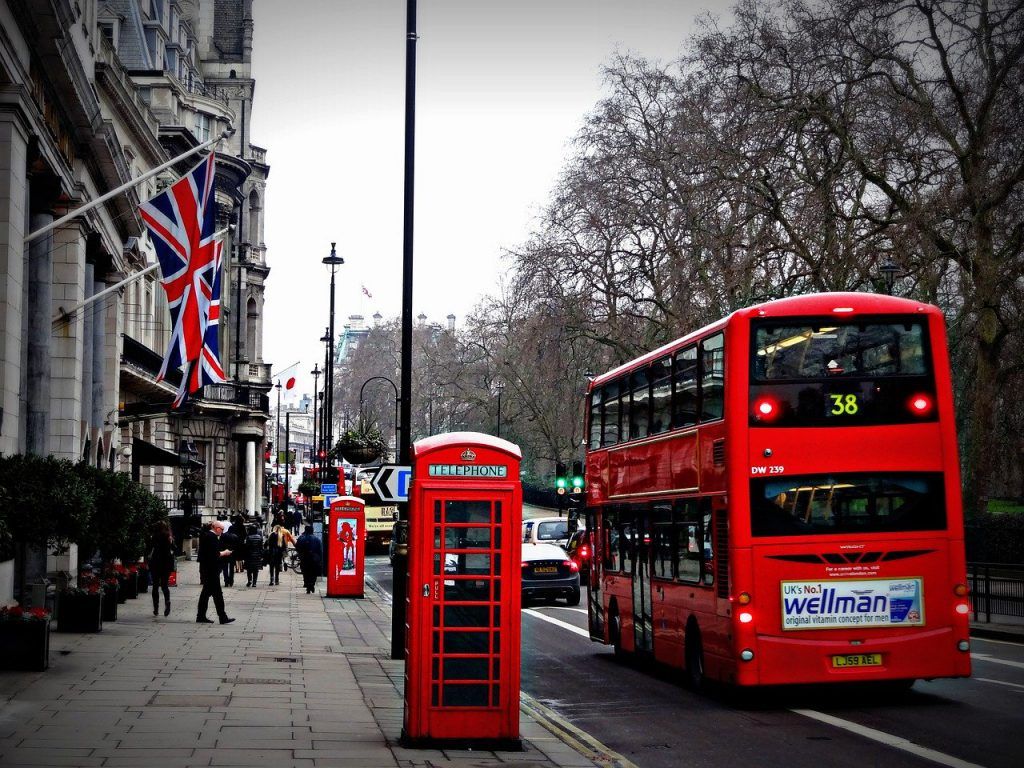
If you’re travelling by car or train, you’ll be lucky enough to get to the centre directly, without any hassle. However, airports have a reputation for not being very central. All of them tend to be located on the outskirts, but fortunately they are all very well connected by train and bus.
Map of the must-see and must-visit places in London
On this map you can see all the places to visit in London so that you can make a route that links the sights and buildings. Depending on how many days you’re staying, you’ll be able to see more or fewer sights, but don’t get frustrated if you miss any. It’s always good to have a good reason to come back to the UK.
This is our selection of must-see and must-visit places in London, but we’re sure we’ve left out many others. It’s not unusual for a weekend traveller to be able to do all these things in 2 or 3 days, so depending on your situation, select the points of interest you don’t know yet and enjoy one of the most cosmopolitan cities in the world.
Leave a Reply